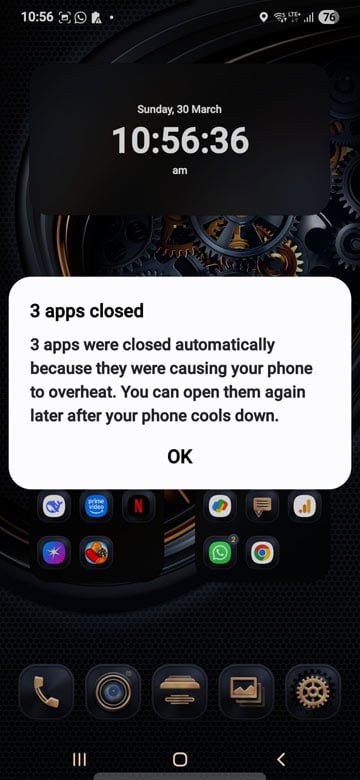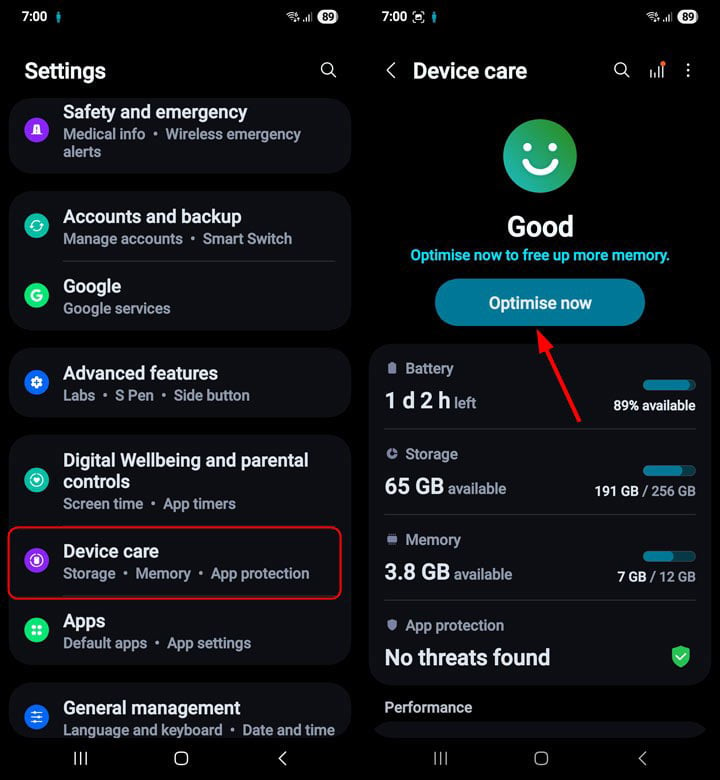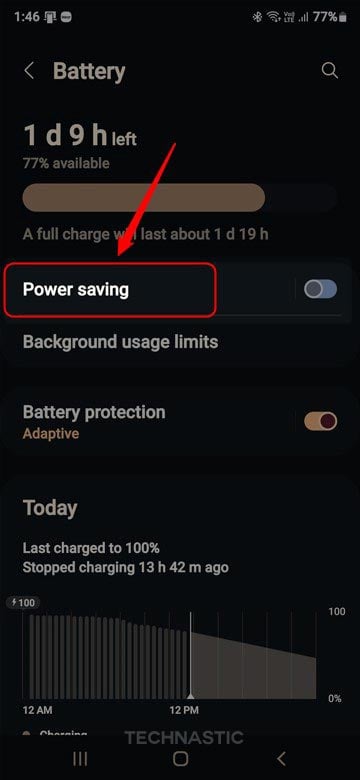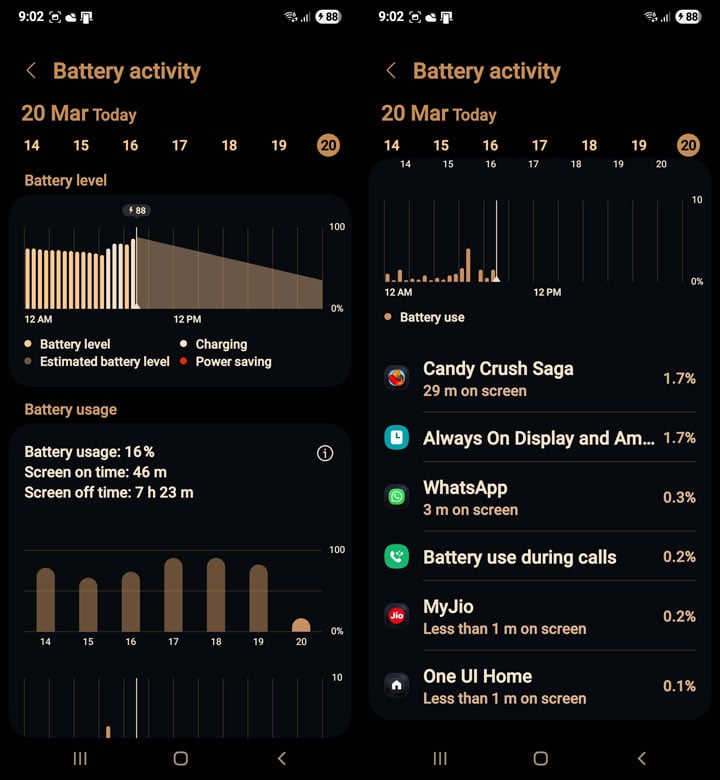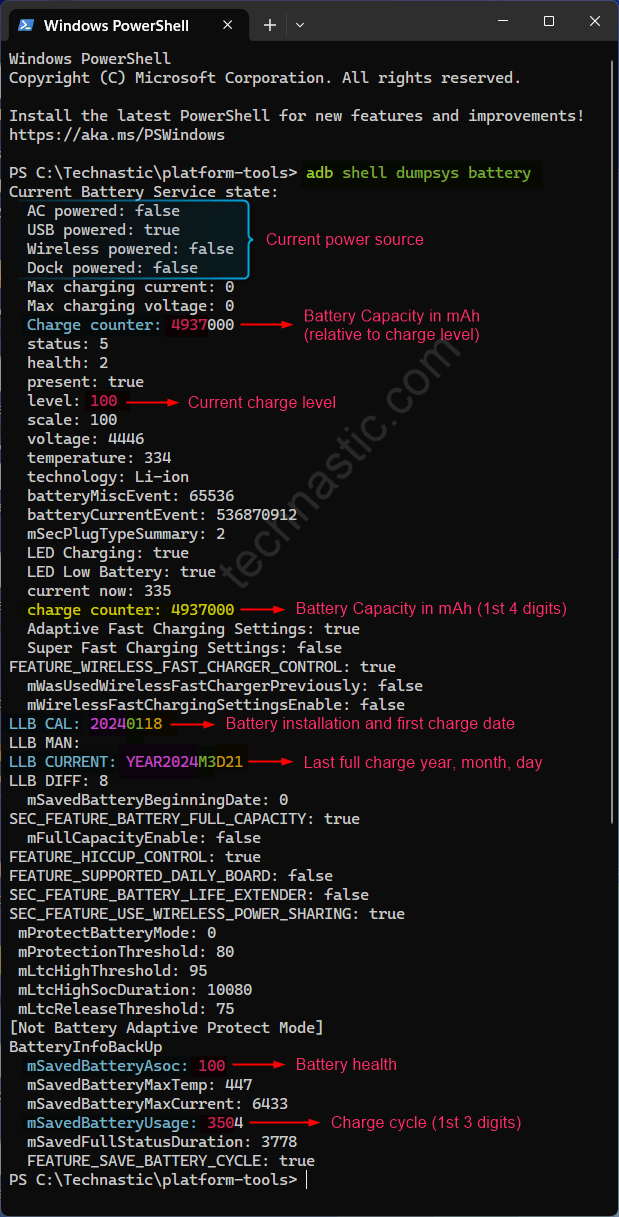- Stick to Samsung chargers and cables.
- Avoid phone use while charging.
- Enable the Battery Protection feature.
- Remove your Samsung phone’s case.
- Avoid heavy sessions of gaming, video playback, and video recording.
- Skip direct sunlight and ensure good airflow.
- Clear the system cache regularly and remove unused apps.
- Monitor new apps for heating issues and close background apps.
- Install system updates whenever available and wipe the cache partition after every major update.
If you’ve been a Samsung user for a while, you must have encountered the device overheating problem at times. Your Galaxy phone might heat up during fast charging, heavy gaming sessions, or simply from staying too long under direct sunlight. Excessive heat might damage the battery permanently, prevent apps from working, and even affect hardware components. This guide covers practical solutions to cool solve the overheating problem in Samsung phones.
There could be various reasons for your Samsung device’s overheating problem.
Device overheating is a common problem faced by Samsung Galaxy users. However, the following quick solutions will help you cool down your device.
Don’t Miss: 20 Most Useful Shortcuts and Gestures for Samsung Phones
1. Turn Off Your Phone
The first quick fix you should try to cool down your hot Samsung device is to turn it off temporarily. Turning off the device kills all running apps and processes and fixes temporary technical glitches. Keep the device in that state for 5-10 minutes and then turn it on.
2. Remove Phone Case
Phone cases protect against drops but trap heat inside your device. If you use a thick or poorly ventilated case, remove it to allow better airflow. Removing the phone case during heavy gaming sessions, hot weather use, and fast charging is better.
3. Close Background Apps
Background apps silently drain your phone’s resources and generate heat. Android lets you close background apps and processes to tackle hidden resource-hungry apps.
Quick App Cleanup:
Samsung’s Device Care:
Tweak Background Usage Controls:
Samsung gives you extra control over battery-draining apps:
- Open Settings > Battery > Background usage limits.
- Turn on Put unused apps to sleep.
- Add power-hungry apps to the sleeping list.

Your Samsung device should feel cooler within minutes of applying these solutions.
4. Adjust Display Settings
Screen brightness hits both battery life and heat generation hard. Samsung’s brightness controls give you multiple ways to keep things cool.
Quick Brightness Control:
- Pull down the Quick Settings panel.
- Slide the brightness bar left to keep brightness at the lower side.
You should also consider enabling Adaptive Brightness, which learns your preferences and adjusts automatically to match screen brightness to your environment, cut battery drain, and keep heat levels in check. To enable the feature, long-press the brightness slider and tap the toggle next to Adaptive Brightness.
Extra Display Tweaks:
- Shorter screen timeout: Navigate to Settings > Display > Screen timeout and set it to 10-15 seconds.
- Dark Mode or a dark theme: Go to Settings > Display and enable Dark Mode. You can also download dark themes and apply them.
- Lower resolution: Set the screen resolution to FHD+ from the Display settings.
5. Manage Battery Settings
Your Galaxy phone’s battery settings pack serious cooling power. Implementing battery-saving tweaks on your Samsung phone will lessen the battery drain and keep it cooler.
Power Saving Mode Setup:
Power saving brings these heat-fighting features:
- 10% lower brightness
- 70% CPU speed limit
- No 5G connection
- Always On Display off
- Limited app features
Battery Monitoring:
6. Identify Battery-Draining Apps
Power-hungry apps strain your phone’s battery and often cause it to overheat. Samsung’s battery usage tracker shows exactly which apps eat up your phone’s resources. If your phone gets hot with specific apps or you notice quick battery drops, do the following:
- Update the app: Old versions often have bugs, causing excess heat.
- Check app settings: Many apps let you lower their power usage.
- Stop background activity:
- Open Settings > Battery > Background usage limits.
- Enable the Put unused apps to sleep option.
- If it still doesn’t help, uninstall the app and look for its alternatives.
7. Remove Suspicious Apps
Some apps overwork your processor, use heavy data, install strange apps without your permission, cause your phone to behave unusually, and display pop-up ads everywhere. You can keep away from such apps by installing apps only from the Play Store or Galaxy Store, reading app reviews, and watching app permissions carefully.
To identify rogue apps, do the following:
- Check recent apps: Focus on new installations that match when problems started.
- Review app permissions:
- Settings > Apps.
- Look for apps asking for unnecessary access and revoke app permissions that seem.
Try Safe Mode:
Remove bad apps:
- Open Settings > Apps. and hit the Uninstall option to remove suspicious apps.
- Turn on Google Play Protect
- Run Device Care scans
- Get antivirus protection: Pick a trusted security app from the Play Store
- Factory reset if needed: Back up your data first
8. Check Charging Accessories
Your charging gear makes a huge difference in heat generation. Samsung’s official chargers include temperature control features that third-party accessories often lack. Do the following to fix charging-related problems that might cause overheating.
- Stick to Samsung-certified chargers
- Check cables for damage or wear
- Keep charging ports clean and dry
- Watch for loose connections
9. Adjust Charging Settings
Adjusting the phone charging settings might help control heat. I’ve tested these settings extensively on my Galaxy S24 Ultra, and they make a real difference in charging temperatures.
Control Fast Charging:
- Open Settings > Battery.
- Tap the Charging Settings option.
- Turn off Fast charging and Fast wireless charging.
Unplug the charger if your phone is too hot. Wireless charging runs hotter than wired charging.
10. Check Battery Health
If you have an old Samsung phone and you have been charging it without enabling the battery protection feature, the battery health might deteriorate sooner than expected. To check the health of your Android phone’s battery, use the following ADB command and check the value next to Battery Health.
adb shell dumpsys battery
If the battery health (mSavedBatteryAsoc) score is below 60, maybe it’s time to replace the battery.
11. Update Your Phone
A bad software update may cause your device to heat up. Samsung often fixes the bugs in a previous update with a new one. Installing a new software update should fix bugs and tune your phone’s performance to generate less heat.
- Open Settings > Software update.
- Tap the Download and Install option and install any available update.

- You can also enable the Auto Download feature to receive automatic updates in the future and keep your Samsung phone’s software up-to-date.
If the software update doesn’t solve the overheating problem, wipe the cache partition of your Samsung phone via Android recovery.
12. Clear App Cache and Wipe Cache Partition
Heaped-up cache files may make your phone work harder and run hotter. Clearing the cache removes conflict-causing files, frees storage space, speeds up response time, and reduces processor strain. You can use one of the following apps to clear the device cache on Android.
Alternatively, you can clean the app and system cache of your phone without a third-party app.
Use the following ADB command to clear the cache for all installed apps on your Samsung Galaxy phone:
adb shell pm trim-caches 128G
Follow the steps below to clean the dumped cache files on any Android phone.
- Boot your Samsung device into Recovery Mode using hardware keys, ADB commands, or tools like ADB AppControl and WebADB.
- Connect your device to your computer and type the following command in the command window to enter the Recovery Mode.
adb reboot recovery
- Wait until your device reboots into Recovery Mode.
- Use the Volume keys to navigate the options and select them by pressing the Power button.
- Highlight the Wipe cache partition option and press the Power key.
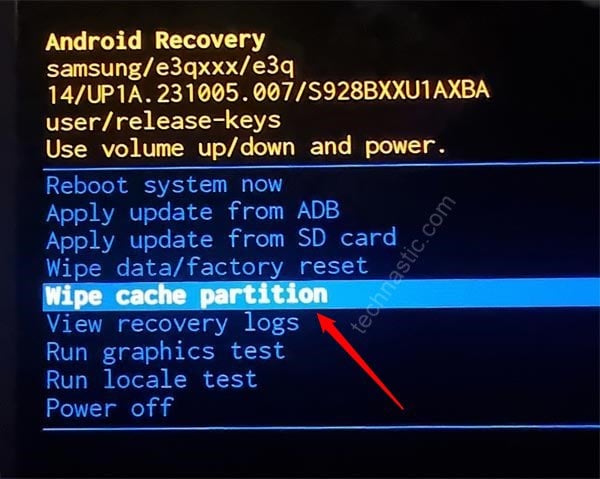
- Select Yes to confirm system cache deletion.
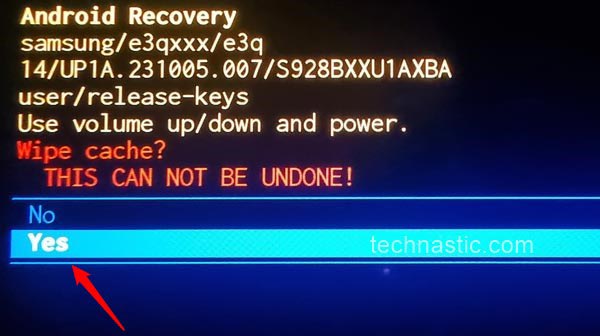
- When the cache partition is wiped, return to the home screen in recovery and select Reboot system now.
With these tips, you can fix the overheating problem on your Samsung Galaxy phone or tablet and maintain optimal temperature.
Read Next: Ultimate One UI 7 Optimization Guide for Best Performance
